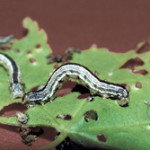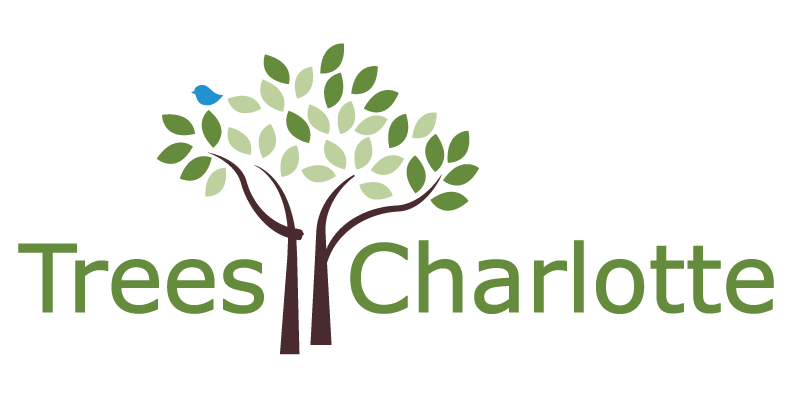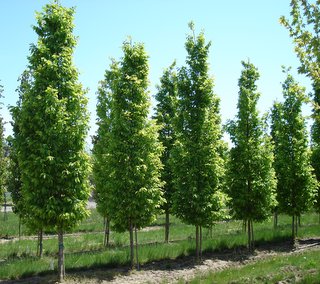Fall Cankerworms Spotted in Charlotte

The spring infestation of the Fall Cankerworm has been going on for about two weeks in many areas of Charlotte. A common, native pest of hardwood trees, the caterpillars can cause defoliation in our tree canopy, which was named by American Forests in 2013 as one of the Top 10 Urban Forests in the country.
 “These tiny caterpillars are the most destructive pest threatening the canopy,” says City Arborist Don McSween. “They can strip a tree of spring foliage, weaken the tree and make it susceptible to disease and toppling.”
“These tiny caterpillars are the most destructive pest threatening the canopy,” says City Arborist Don McSween. “They can strip a tree of spring foliage, weaken the tree and make it susceptible to disease and toppling.”
When cankerworms hatch, many descend on silk threads, get caught by the wind and “balloon” to surrounding trees. They prefer Willow Oaks, but feed on more than 50 other plants, after which they drop to the ground, burrow and form a cocoon.
It appears some infestation sites have lower populations this year; others are about the same as past years. City arborists are not currently looking at aerial spraying.
If you are concerned about small trees and shrubs in the yard, talk to your garden center folks about sprays – follow directions carefully. An arborist can be consulted about larger trees. The best defense is banding with tar paper and Tanglefoot in early fall.
The City of Charlotte offers a matching program for tree banding, and neighborhoods can apply to Charlotte’s Neighborhood Matching Grants Fund for up to $3,000 toward banding trees. The City of Charlotte provides additional information about cankerworms and tree banding, including retailers with tree banding supplies. The Plaza Midwood Neighborhood Association has been very active battling cankerworms; their website provides additional useful information.



